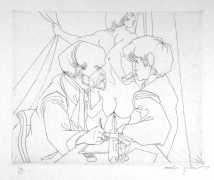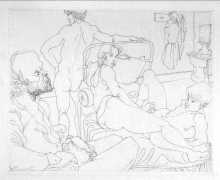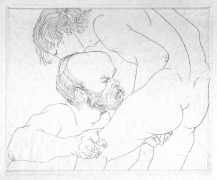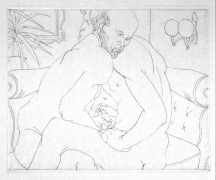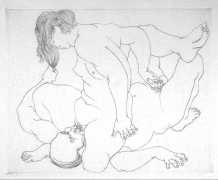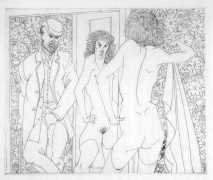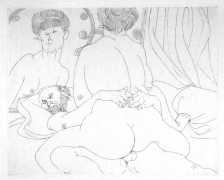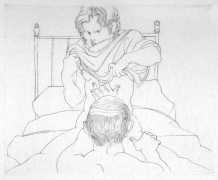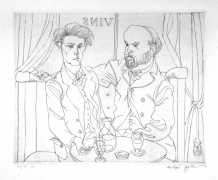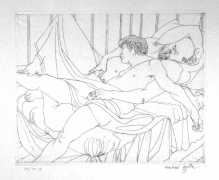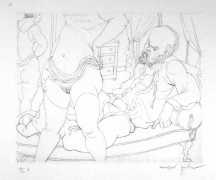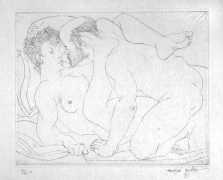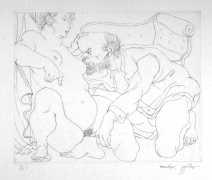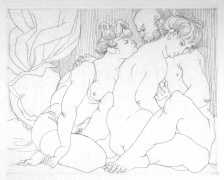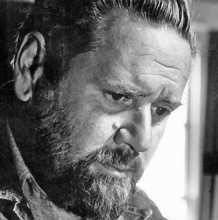 The English artist and writer Michael Ayrton was a pioneering painter, printmaker, sculptor and designer, who was also well known as a critic, broadcaster and novelist. His varied output of sculptures, illustrations, poems and stories reveals an obsession with the mysteries of human struggle, featuring myths, mirrors and mazes.
The English artist and writer Michael Ayrton was a pioneering painter, printmaker, sculptor and designer, who was also well known as a critic, broadcaster and novelist. His varied output of sculptures, illustrations, poems and stories reveals an obsession with the mysteries of human struggle, featuring myths, mirrors and mazes.
Ayrton had plans for an artistic career from an unusually early age, leaving school when he was just fourteen to start work as a painter. His determination and focus, and his rejection of the mainstream artistic trends of the mid-twentieth century, meant that he tended to be isolated from mainstream criticism, and has remained relatively little known.
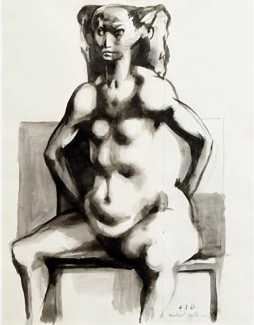
He was born Michael Ayrton Gould, son of the writer Gerald Gould and the Labour politician Barbara Ayrton; he took his mother’s maiden name professionally. In his teens during the 1930s he studied art at Heatherley School of Fine Art and St John’s Wood Art School, then in Paris under Eugène Berman, where he shared a studio with fellow English artist and designer John Minton. He travelled to Spain and attempted to enlist on the Republican side in the Spanish Civil War, but was rejected for being underage.
Starting in 1961, Ayrton wrote and created many works associated with the myths of the minotaur and Daedalus, the legendary inventor and maze builder, including bronze sculpture and the pseudo-autobiographical novel The Maze Maker (1967). He wrote and illustrated Tittivulus, or the Verbiage Collector (1953), an account of the efforts of a minor devil to collect idle words, and was the author of several non-fiction works on fine art, including Aspects of British Art (1947).
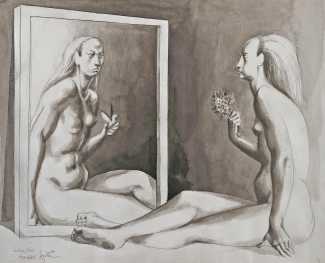
He was also a stage and costume designer, at the age of nineteen working with John Minton on the 1942 John Gielgud production of Macbeth, and a book designer and illustrator for Wyndham Lewis’s The Human Age trilogy. A 1971 exhibition, Word and Image, explored Lewis and Ayrton’s literary and artistic connections; he also collaborated on joint projects with the composer Constant Lambert and the novelist William Golding, always expanding the boundaries of what it means to be an artist.












